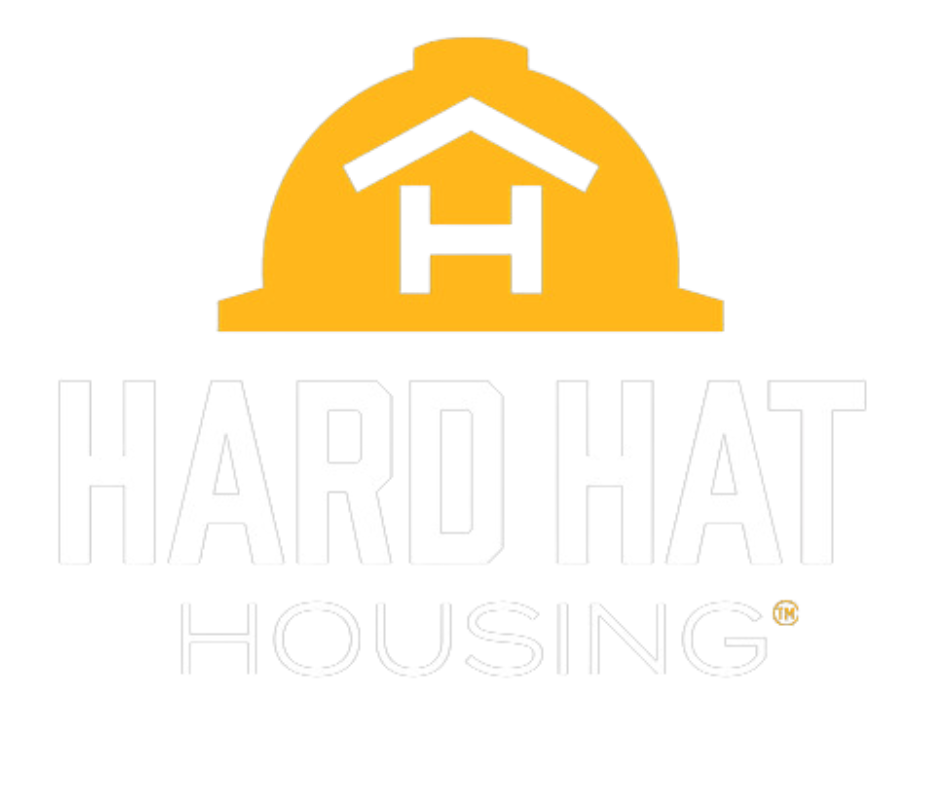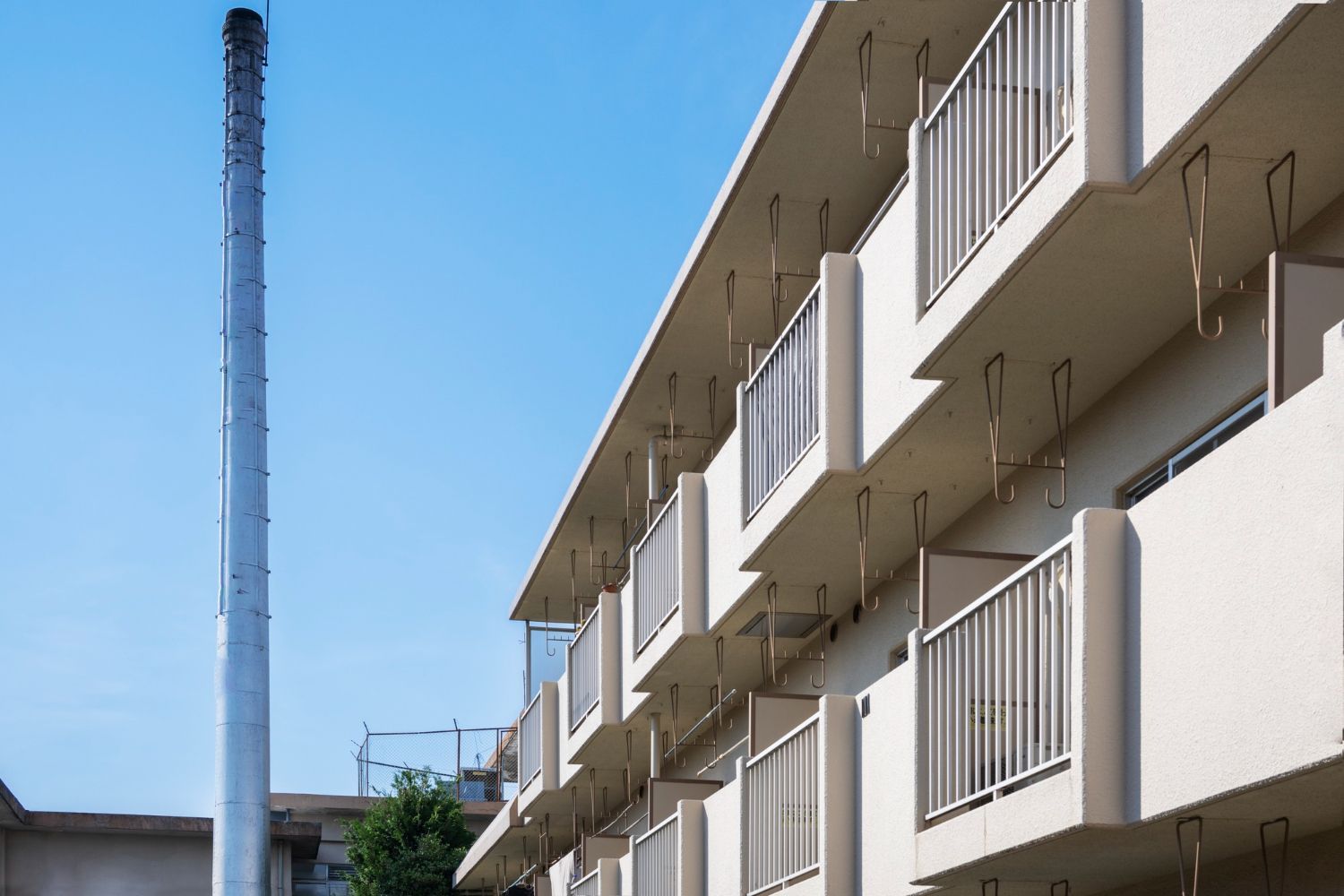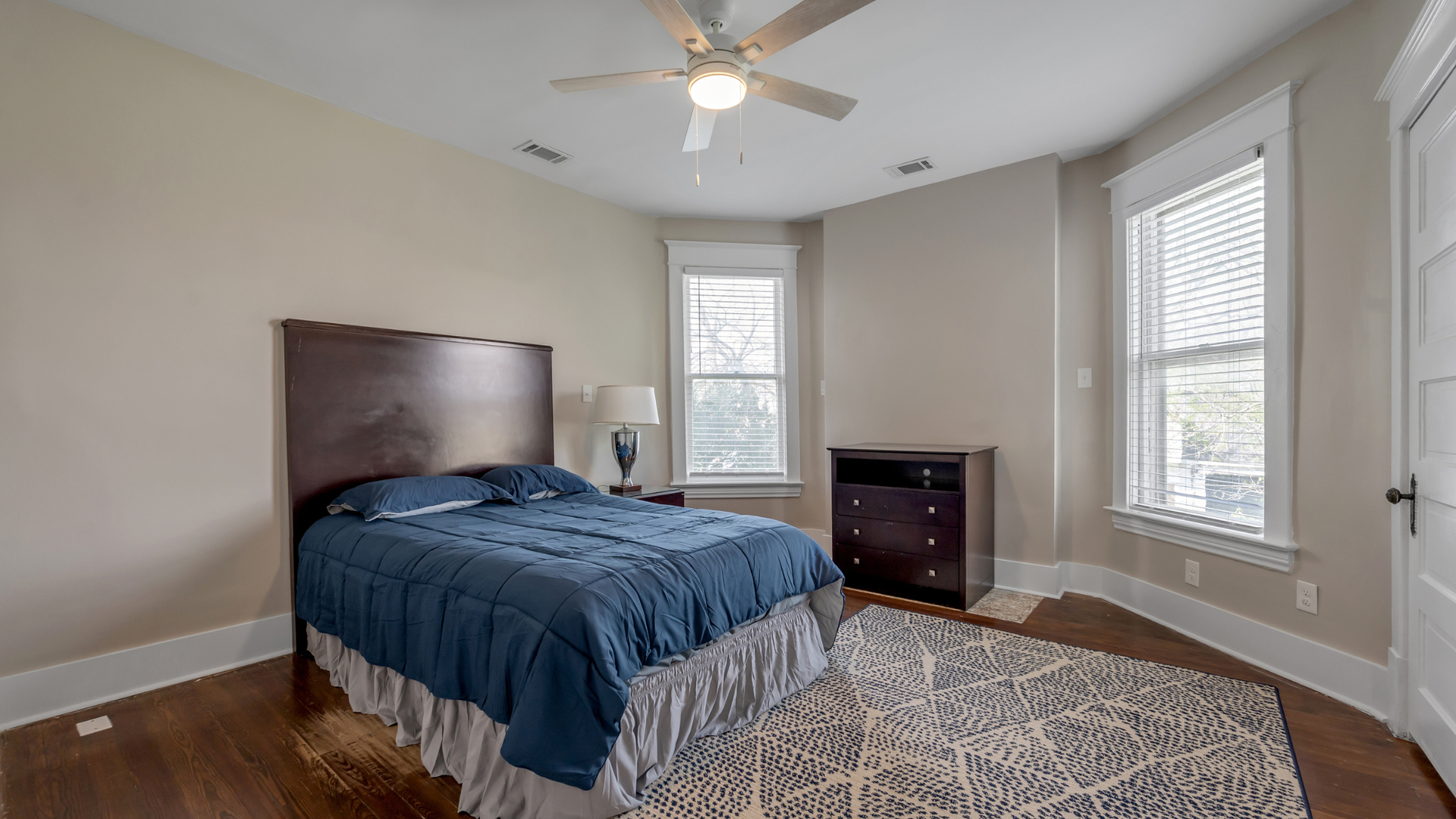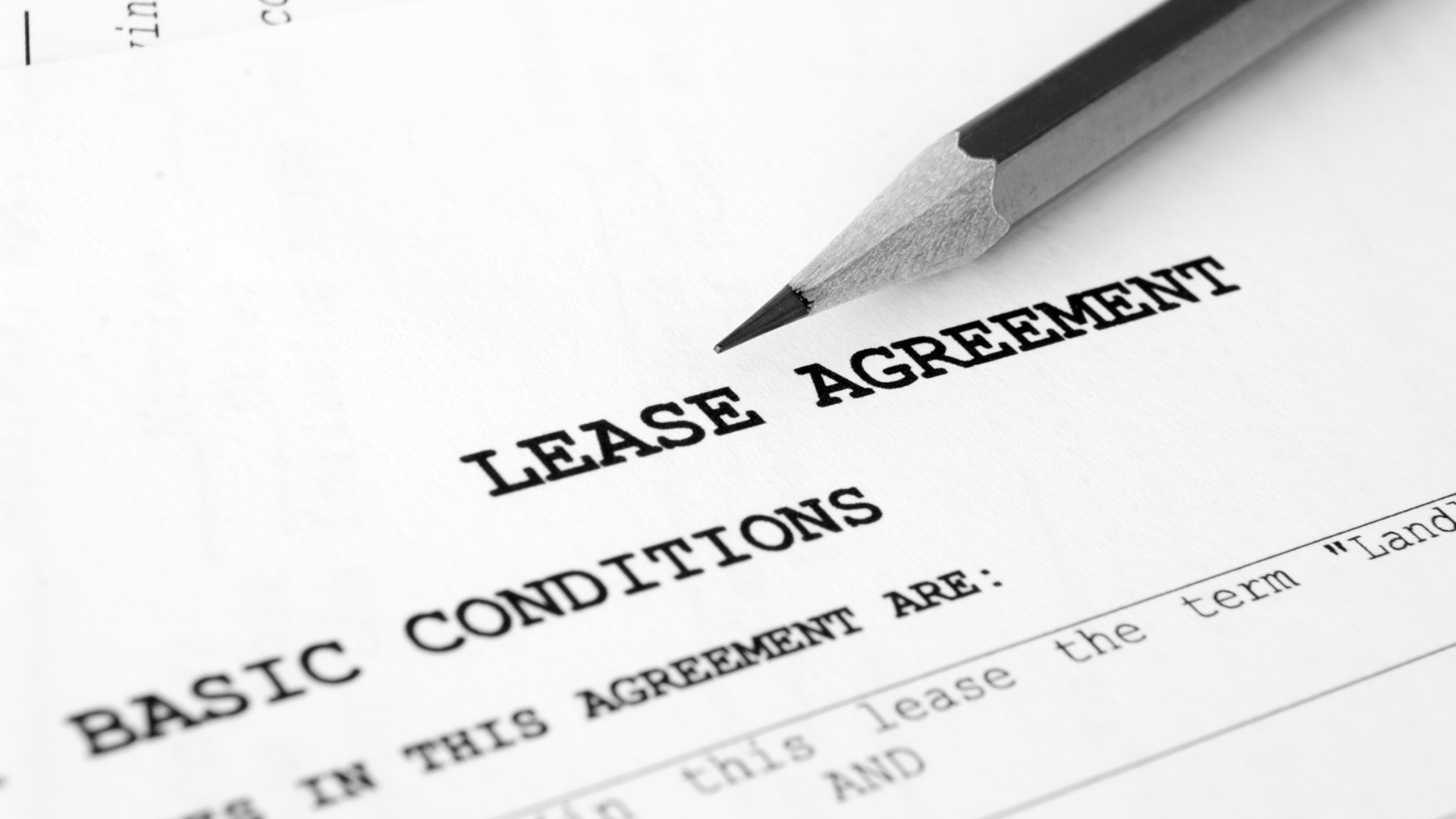When Your Crew Housing Gets Audited: What You Need to Know
Disclaimer: Hard Hat Housing does not provide legal, financial or tax advice. This article is for informational purposes only.
If your project involves traveling crews, it’s only a matter of time before someone asks for your housing paperwork. Maybe it’s an IRS examiner looking at per diem reimbursements. Maybe it’s a Wage and Hour investigator reviewing how you handle travel time, lodging deductions, or subsistence. Either way, the biggest risk isn’t the housing itself, it’s the documentation behind it.
What triggers a crew‑housing audit in construction
First, understand why crews attract attention.
The IRS looks closely at travel reimbursements when employees are regularly away from home and when employers use per diem allowances. Start with the fundamentals: travel must be “away from your tax home” and the assignment must be temporary, not indefinite. The key threshold is the 1‑year rule. If the assignment is realistically expected to last more than 1 year, the location becomes the worker’s new tax home and travel reimbursements can become taxable wages. Publication 463 spells this out with on‑point construction examples and clarifies that once a temporary assignment becomes indefinite, deductions and tax‑free treatment stop.
Second, per diem policy changes and rate tables are low‑hanging fruit for reviewers. Auditors will check whether your per diem rates track current federal levels and whether your method is consistent. For FY 2025, GSA set the standard rate at $110 for lodging and $68 for meals and incidentals, and
in late September 2025 the IRS confirmed that the “high‑low” per diem remains $319 for high‑cost and $225 for other localities for travel beginning October 1, 2025. That means no rate increase over the prior cycle, but it doesn’t mean auditors will be lax about mismatches. If your allowances exceed those amounts without proper treatment, the excess is taxable.
A related trigger is whether your reimbursements qualify under an accountable plan.
Treasury regulations set “reasonable period” safe harbors: employees generally must substantiate expenses within 60 days and return any excess within 120 days. If you don’t enforce that cadence, reimbursements can be reclassified as wages subject to employment taxes.
Finally, expect broader labor‑compliance checks when housing and travel are part of compensation.
In June 2025, the U.S. Department of Labor updated enforcement policy so its Wage and Hour Division no longer seeks liquidated damages in pre‑litigation resolutions. That change can lower exposure in administrative settlements, but it does not remove liability for back wages or cure poor recordkeeping.
The documents auditors actually ask for
Audits often turn on whether your paperwork is organized and consistent. For
temporary accommodation for construction workers, build a kit that mirrors what federal rules expect to see:
Travel eligibility and assignment status.
Keep a copy of each traveler’s tax‑home determination and the expected assignment length. Publication 463 makes clear that you must decide if an assignment is temporary when it starts and monitor for changes. If an 8‑month job stretches past 12 months due to scope creep, the treatment changes as of the date it becomes indefinite. Maintain a running log that shows start dates, extensions, and when you re‑evaluated status.
Per diem method and rates.
Post your policy and stick to it. If you use federal per diem, save the current GSA rates for your job localities and note the first and last day M&IE proration rules. If you use the IRS high‑low method, attach the current IRS notice to your policy and list high‑cost localities relevant to your footprint. For FY 2025–26, the high‑low rates remain $319 and $225 with M&IE portions of $86 and $74.
Accountable plan controls.
Show how you enforce the 60‑day substantiation and 120‑day return‑of‑excess safe harbors. A quarterly statement reminding employees to settle advances is another safe‑harbor approach. If you don’t have dated statements or system logs, you’re vulnerable.
Proof and receipts.
The IRS allows per diem as deemed substantiation for amounts within federal rates, and when you use a federal per diem that includes lodging, a lodging receipt is not required. That said, workers still must substantiate time, place, and business purpose. Keep itineraries, jobsite addresses, and daily logs. For non‑per diem items, remember the $75 threshold for receipts, with lodging always documented unless covered by a federal per diem.
Vendor and rent reporting.
If you rent houses or apartments, rent payments to non‑corporate landlords totaling $600 or more for the year generally require a Form 1099‑MISC. That means you will need W‑9s and year‑end totals by payee.
Occupancy and safety records.
Keep unit addresses, headcounts by night, move‑in and move‑out dates, and any safety or maintenance tickets. If your crews ever reimburse you for housing from wages,
Wage and Hour will want to see that deductions didn’t drop pay below required minimums or conflict with Davis‑Bacon or Service Contract Act obligations on federal work. The agency’s recent policy on liquidated damages doesn’t change those requirements.
A quick reality check from the field: over the last year, posts in construction Reddit communities show employers advertising per diem in the $100–$150 range and weekend rules varying by company. That variability is exactly why your written policy and job‑by‑job documentation matter so much.
How to respond if your crew housing or per diems get audited
Start with a calm intake and a single point of contact. Ask the auditor to specify the period, the workers, and the issues under review. A focused scope is your friend. Provide a policy packet up front: tax‑home criteria, your per diem method, and your accountable‑plan procedures. Tie each employee’s records to that policy so the examiner sees consistency.
Next, map facts to rules. For
temporary accommodation for construction workers, the first question is whether the jobsite qualifies as “away from home” and whether the assignment was temporary. Publication 463’s examples make this very practical. If your superintendent expected a nine‑month stay but, after eight months, received a seven‑month extension, you can only treat the first eight months as temporary. Your binder should show when you recognized the extension and adjusted treatment. That timeline helps prevent a blanket reclassification of all reimbursements as taxable.
Third, reconcile rates. If you paid per diems at or below the GSA or IRS high‑low rates, make that obvious. Attach the relevant GSA rate lookups and the latest IRS notice confirming the unchanged high‑low amounts for travel beginning October 1, 2025. If you exceeded those rates, show the portion included in W‑2 wages and payroll tax calculations, or produce substantiated receipts to justify higher actuals.
Fourth, demonstrate your accountable plan. Produce your 60‑day and 120‑day controls. If you use periodic statements, include the template and delivery proof. If employees are late, show how you corrected course and taxed the excess in the next payroll. Treasury’s safe harbors are bright lines that take the argument out of the room when you follow them.
Finally, understand the DOL posture if a Wage and Hour investigator is involved. You still face back wage exposure if housing deductions, travel time, or day‑rate practices shorted employees, but as of June 27, 2025, liquidated damages are off the table in administrative settlements. Knowing that can inform how you prioritize issues and negotiate timelines without conceding documentation quality.
Where rates stand now and how to keep your policy current
Because housing and travel policies drift over long projects, assign someone to refresh rate tables quarterly. For FY 2025, the GSA standard CONUS rates are $110 for lodging and $68 for M&IE, and GSA has already noted that FY 2026 rates will be available October 1, 2025. For employers using the high‑low substantiation method, the IRS confirmed that the composite rates remain $319 for high‑cost and $225 for other localities for travel beginning October 1, 2025. Attach those confirmations to your policy and to each project’s Crew Housing Packet.
It’s also smart to keep a lightweight “market check” file. Recruitment posts and community threads from the last year show common construction per diem benchmarks that workers expect to see, often in the $100–$150 range with variations on weekend eligibility. Aligning your policy explanations with what foremen and superintendents see online reduces noise and improves compliance.
Finally, monitor broader labor‑law signals. The DOL’s 2025 change on liquidated damages can alter settlement dynamics in administrative investigations, making early resolution more attractive in some cases. Be proactive with counsel about when it makes sense to resolve wage issues administratively versus litigating.
Audits rarely hinge on whether your crews stayed in hotels, apartments, or a mix. They hinge on whether your story aligns with the rules and whether you can show that alignment quickly. For temporary accommodation for construction workers, that means documenting tax‑home status and assignment lengths against the 1‑year rule, matching your per diem method to current rates, enforcing 60‑ and 120‑day accountable‑plan timelines, keeping clean occupancy and vendor files, and centralizing billing. Do that, and an audit becomes a routine paperwork exchange instead of a budget‑breaking event. The added benefit is operational: when your housing process is built to be audit‑ready, it also tends to be crew‑friendly, predictable, and easier to scale across jobs.
Want audit‑ready housing with one invoice and properties near your site?
Contact us at Hard Hat Housing to scope options for your next project and simplify compliance from day one.













